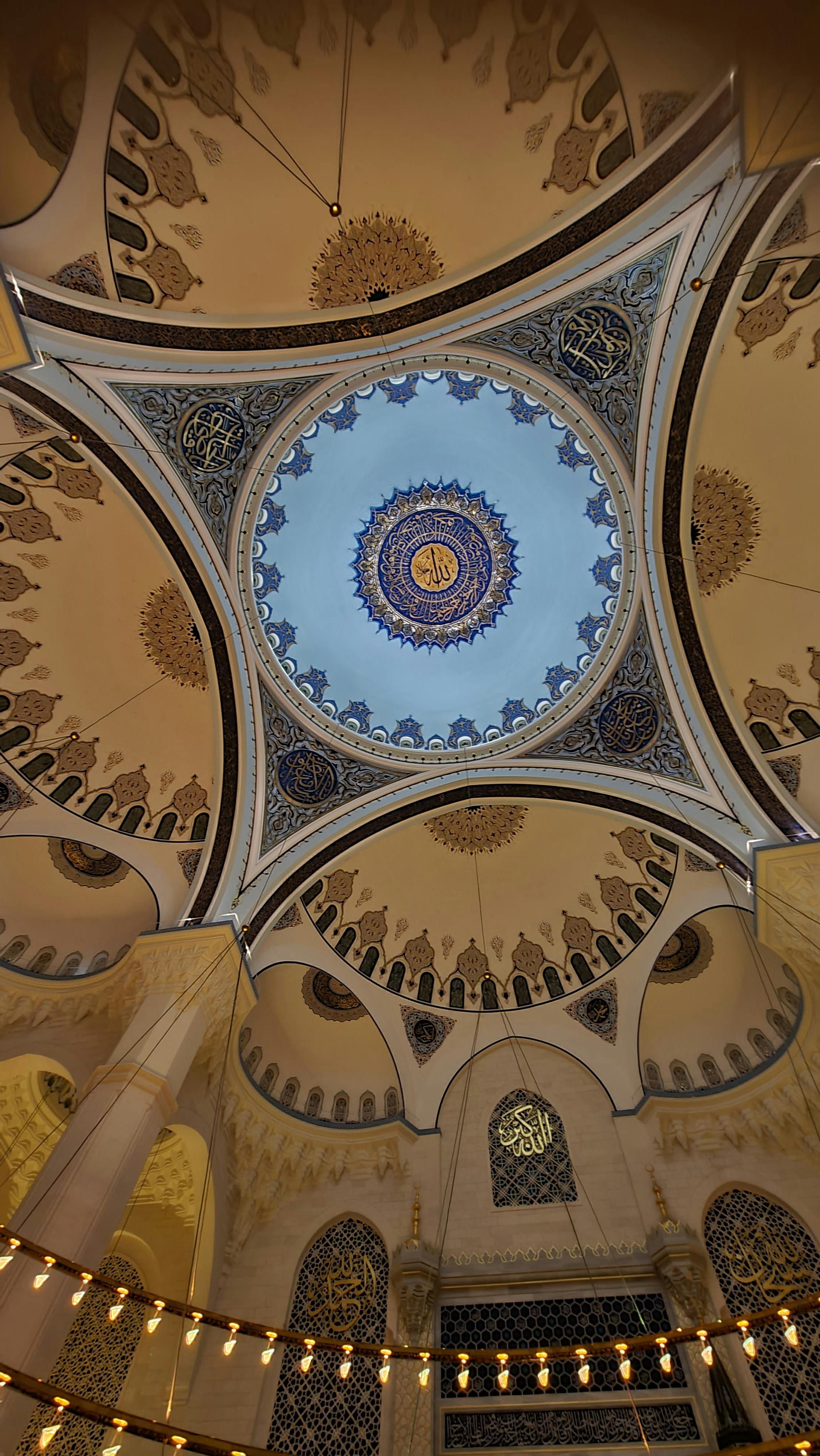I do not Need to Spend This A lot Time On Gold News. How About You?
페이지 정보

본문
 The colours black, red, and gold had change into a effectively established symbol for the liberal, democratic and republican motion within the German states for the reason that Wartburg Festival, and flags in these colours have been flown en masse at the Hambach Festival. Such an instance is the Ur-Fahne, the flag flown from Hambach Castle in the course of the festival: a black-red-gold price tricolour where the crimson band comprises the inscription Deutschlands Wiedergeburt (Germany's rebirth). Some members interpreted the colours as a rebirth of the Imperial black-yellow colours embellished with the red of liberty or the blood of struggle. Based on this, Adolf Soetbeer, secretary of the Hamburg Chamber of Commerce, suggested in the Bremer Handelsblatt on 22 September 1866 that any deliberate flag ought to combine the colours of Prussia (black and white) with the Hanseatic colours (purple and white). Following the dissolution of the German Confederation, Prussia formed its unofficial successor, the North German Confederation, in 1866 with the signing of the Confederation Treaty in August 1866 after which the ratification of the Constitution of 1867. This national state consisted of Prussia, the biggest member state, and 21 different north German states.
The colours black, red, and gold had change into a effectively established symbol for the liberal, democratic and republican motion within the German states for the reason that Wartburg Festival, and flags in these colours have been flown en masse at the Hambach Festival. Such an instance is the Ur-Fahne, the flag flown from Hambach Castle in the course of the festival: a black-red-gold price tricolour where the crimson band comprises the inscription Deutschlands Wiedergeburt (Germany's rebirth). Some members interpreted the colours as a rebirth of the Imperial black-yellow colours embellished with the red of liberty or the blood of struggle. Based on this, Adolf Soetbeer, secretary of the Hamburg Chamber of Commerce, suggested in the Bremer Handelsblatt on 22 September 1866 that any deliberate flag ought to combine the colours of Prussia (black and white) with the Hanseatic colours (purple and white). Following the dissolution of the German Confederation, Prussia formed its unofficial successor, the North German Confederation, in 1866 with the signing of the Confederation Treaty in August 1866 after which the ratification of the Constitution of 1867. This national state consisted of Prussia, the biggest member state, and 21 different north German states.

Because the members of this unit came from throughout Germany and included a modest but well-known variety of college students and teachers, the Lützow Free Corps and their colours gained considerable publicity among the many German individuals. Since the scholars who served within the Lützow Free Corps got here from numerous German states, the concept of a unified German state started to gain momentum throughout the Urburschenschaft and comparable Burschenschaft that had been subsequently formed all through the Confederation. In a memoir, Anton Probsthan of Mecklenburg, who served in the Lützow Free Corps, claimed his relative Fraulein Nitschke of Jena presented the Burschenschaft with a flag at the time of its basis, and for this goal chose the black-purple-and-gold colours of the defunct secret society Vandalia. In the Reichswehr, the previous colours continued to be utilized in various varieties. Also, a naval battle ensign used these colours. Trotsky, seeing the exhaustion of the armed forces, proposed that the conflict be declared at an end, but that the peace treaty not be signed. The Prussian-Austrian duality inside the Confederation eventually led to the Austro-Prussian War in 1866. During the conflict, the southern states allied with Austria adopted the black-red-gold tricolour as their flag, and the 8th German Army Corps also wore black-crimson-gold armbands.
Within the Franco-Prussian War, the remaining southern German states allied with the North German Confederation, resulting in the unification of Germany. The most controversial of these dated from earlier than the battle, when, in March 1939, the BIS determined to honour an order received from the Czechoslovak National Bank to transfer part of its usd gold price reserves held in a BIS account at the Bank of England in London to a German Reichsbank account. Tayla Harris's bid to land at Hawthorn is up in the air after the Melbourne ahead wasn't part of a six-club mega deal finalised on Friday. The German Empire retained black, white, and pink as its national colours. This Frankfurt Parliament declared the black-pink-gold as the official colours of Germany and passed a law stating its civil ensign was the black-crimson-yellow tricolour. In May 1849, the larger states actively fought the revolution and the Frankfurt parliament. The 1815-sixteen Congress of Vienna led to the creation of the German Confederation, a loose union of all remaining German states after the Napoleonic Wars.
If you adored this article and you would like to collect more info pertaining to سعر الذهب اليوم في الكويت please visit our own page.
- 이전글Thesis writers sites us 24.12.17
- 다음글pay for term paper fast for students in America 24.12.17
댓글목록
등록된 댓글이 없습니다.

